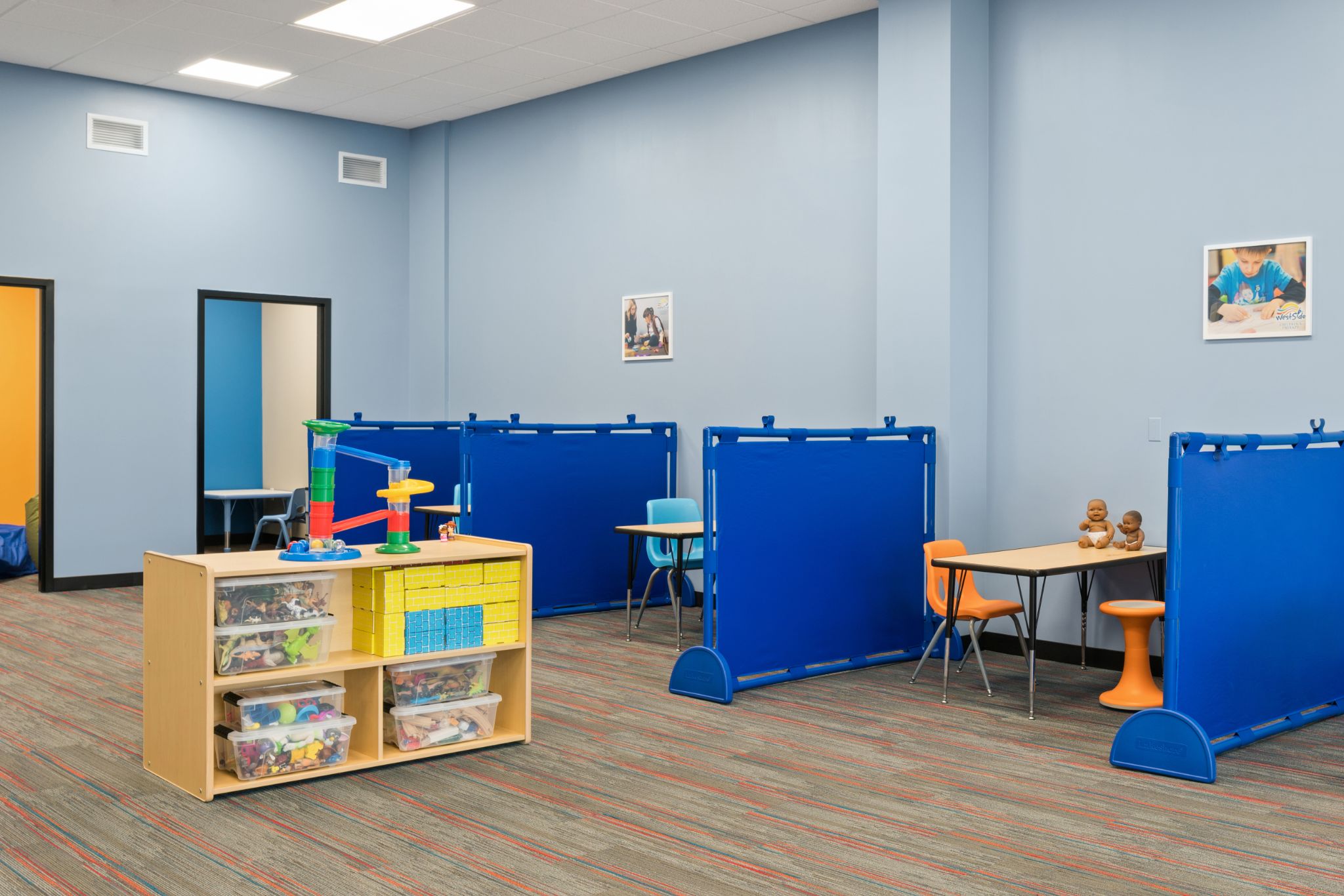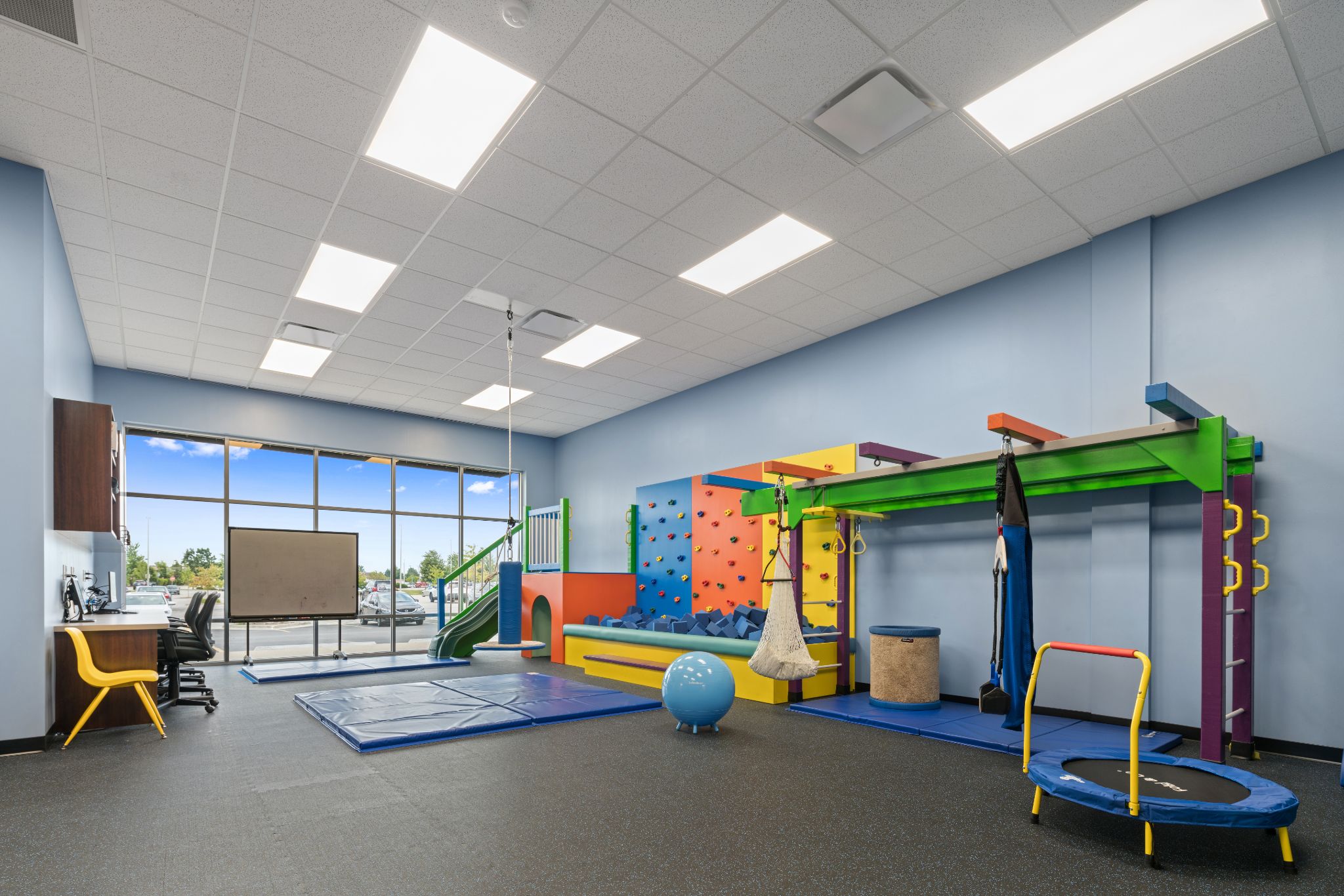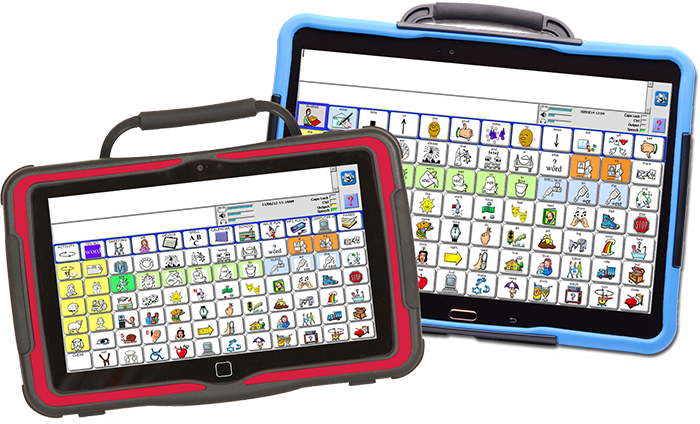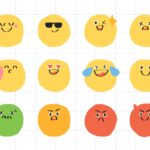
ABA therapy sessions are tailored to each child’s specific skills and interests. The below text is a real example of what part of a child’s session looked like. For privacy reasons, the child’s name, therapists’ names and Westside location will not be named.
The child receives ABA therapy at Westside five days a week for five hours each day. Remember: The below observations are just an example of what one ABA therapy session looks like. There are some similarities in how certain behaviors are worked on, but each program is unique for the individual child.
Play-By-Play: Skills worked on through the ABA therapy session
This child’s program focused on a variety social, language and learning skills that will allow them to participate and engage in their environment. To grow that skillset, the child went through a variety of activities including matching, labeling, motor imitation, vocal imitation, self-help, and requesting. The purpose of these activities was to break down complex skills into smaller teachable parts.
Examples of open-ended tasks:
- The child was asked to match pictures of people in their life. The therapist laid out multiple picture cards of people in the child’s life and had another stack of different pictures of the same people.
- From there the child had to not only match the picture but also communicate who the person was. The child primarily used an augmentative and alternative communication (AAC) device to get their needs met. However, they were able to communicate some names vocally.

- By teaching a child to recognize and name important people in their personal life, the therapists hope that this will translate into the child’s community as well. In the event the child needed help finding a family member, they would be able to communicate to a community member who they’re looking for.
- The program is designed in a way that the therapist ensures that the child is matching the name with the appropriate picture and not guessing each time a picture is presented. By switching between family members, we ensure that this information has been retained.
- From there the child had to not only match the picture but also communicate who the person was. The child primarily used an augmentative and alternative communication (AAC) device to get their needs met. However, they were able to communicate some names vocally.
- Another open-ended activity the child did was matching socks that were mixed in a box.
- This activity took a little longer than others. This activity challenged the child to persevere through a more difficult task in their ABA therapy session.
- The child correctly matched two pairs of socks immediately, but was unable to get a third. Their frustration manifested through screaming, crying, throwing their head back and kicking.
- When these behaviors occurred, the therapists removed the activity and waited for the child to calm. If the child self calmed, the therapist provided praise and checked to see if the child was ready to work by asking the the child to complete a simple request before continuing with the original instruction (rubbing hands together, tapping feet, knocking on the table, rubbing legs, etc.).
**When a child gets frustrated, therapists support them through the rest of the activity. If the child gets frustrated to where they can no longer continue, the therapist will give them the option to request for a break. It is important to teach children to follow through on activities, however, it is equally important for them to self advocate when they need additional support.
- After going through calming exercises and pauses in the activity multiple times, the child calmed down and successfully completed the task.
Play is incorporated into the session
During an ABA therapy session, a child’s therapy program can be disguised as a play activity. For example, the child needed to work on their pincer grasp as this is a necessary component of many different activities of daily living (the pincer grasp is also a skill targeted in occupational therapy).

This child particularly enjoyed playing with thera-putty
- To develop the pincer grasp motion, the therapist challenged the child to pick beads out of thera-putty.
- After finding a bead, the child had to use their pincer grasp to take the bead out and put it into a little case.
- The child was working hard on the therapy goal of strengthening that grasp, but also doing it in a fun way of playing with putty.
Building off the child’s love of putty, the therapist worked on the fine motor skill of holding a fork.
- The child had to correctly grasp the fork and and spear 1-inch pieces of Playdough and put them back into the cup.
- Although the child did grasp the fork a little too low on some attempts, they showed improvement overall. The child also squeezed tongs to improve hand strength.
Where is an ABA therapy session conducted?

In an ABA therapy session, most children will have a mix between time at the table and time moving around and playing in the natural environment around them. Due to this child’s interests, more time was spent in the ABA gym. At Westside, all ABA therapy sessions are conducted in the clinic.
During this child’s ABA therapy session, they moved around playing a similar card game to what was done with matching the faces. This task had the child go around the ABA room and find objects and match pictures to their corresponding locations in the room. The first one was the trampoline. When the child successfully identified the trampoline card, the therapist allowed them to take a break on the trampoline.
After the completing the task, the child had difficulty transitioning back to a table. The therapists supported the child until he self-calmed and then built momentum to transition back to a table by presenting a puzzle, which is a quick and easy task for this child, and something they like to do. This allowed for the child to continue with their session.
Completing tasks benefits the child
An important element of ABA therapy centers on a system of positive reinforcement for appropriate behavior. When the child completes an activity, they were able to do an activity they prefer. Therapists are constantly assessing the child’s interest to try and broaden their preferred activities.
The child uses their AAC device to request their preferred activities and must return to therapy activities when the therapist requests they do. The child returned to work every time during this ABA therapy session — something that was not happening months ago.
As children go through an ABA therapy session, they will learn that by participating in therapy, they will have access to activities they like. This makes children more motivated to participate during learning activities.
The child is still working on requesting and returning to work. Approximately every third or fourth time the learner appropriately returned to work when asked, the child could immediately return to their preferred activity.
The child does sometimes struggle with being away from preferred activities for longer periods of time, making certain tasks tougher. The goal is that tolerating being away from them for longer periods of time will lead to appropriately responding to being told “no” when requesting to do a preferred activity.
Getting started
If you are interested in ABA therapy for your child, click the Get Started button to make the first step at getting services.







